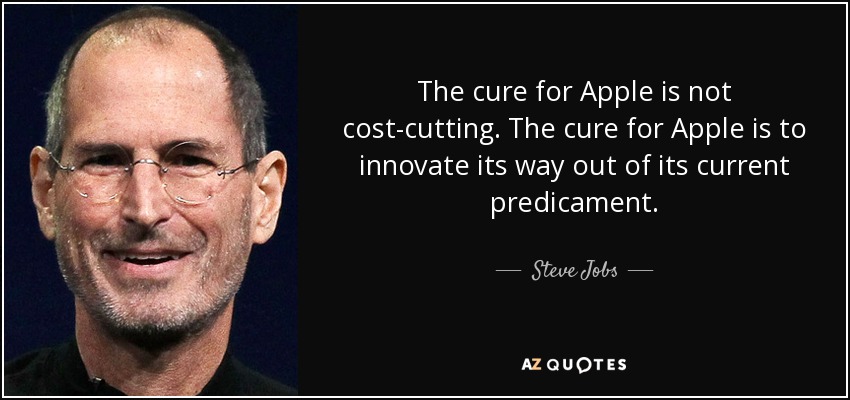"A recent academic study reported that even in high-performing companies with clearly articulated strategies, only 29% of employees knew what their company’s strategy was. This is no isolated finding – survey after survey reports that employees seem to be in the dark when it comes to their organisation’s strategy, despite claims by senior management that their vision is clear, clearly communicated and well understood.
...
Strategy is all about making difficult choices—what the organisation will do and more importantly, what it will not do.
...
It is amazing how many organisations fall into the trap of not making the required choices. One reason for this is the fact that these are not easy choices to make – ex ante, there are many possible answers to each one of the three questions. Should we target customer X or customer Y? Should we undertake distribution A or B? Should we offer service P or Q? Nobody knows for sure and even though analysis could eliminate some uncertainty, it will never eliminate all of it.
.
As a result, debates, disagreements and politicking will precede these decisions. Yet, at the end of the day, a firm cannot be everything to everybody – it has to allocate its limited resources among the various options. Hence, clear and explicit decisions need to be made. These choices may turn out to be wrong but that is not an excuse for not making the choices.
.
Another reason for the failure to make the necessary choices is the fact that saying ‘no’ to people is difficult and can often create bad feelings in the organisation."
Trechos retirados de "Three reasons why your strategy could fail"

























